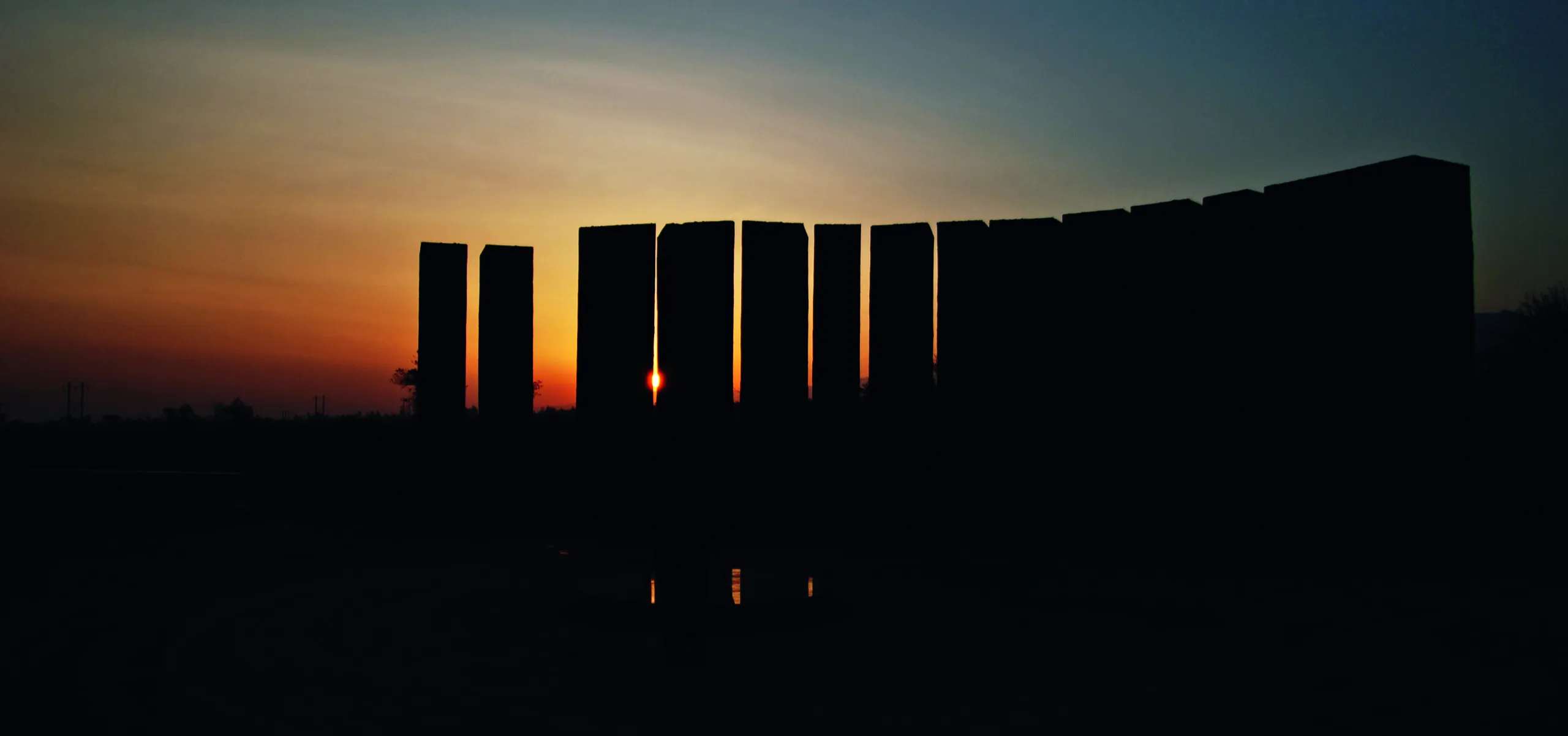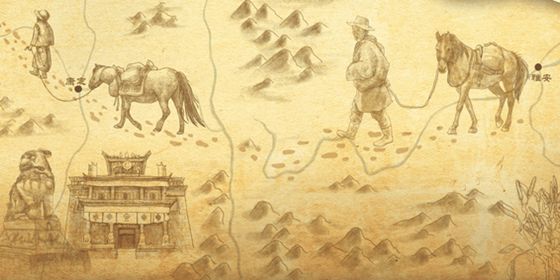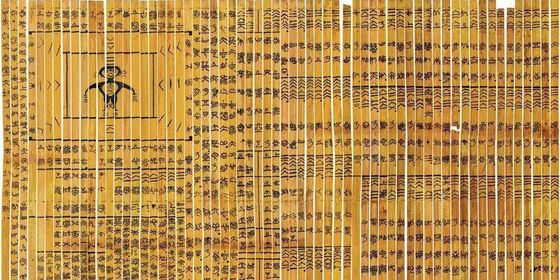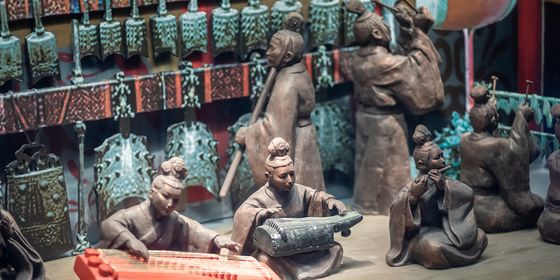The Yellow River township of Taosi hosts a 4,000-year-old solar observatory with ancient archaeological treasures underfoot
As Yang Yulong adjusted his camera perched on its tripod, he started to get impatient. “Is it time?”
With everyone still drowsy, it took a few moments before anyone answered. It is 4:40 in the morning, but our group of four had already been up for an hour, having spent 45 minutes traveling on the highway and then on a section of dark, bumpy country road. “No, the sunrise isn’t for another 20 minutes,” someone finally replied. Unperturbed, Yang, a retired amateur photographer in his 60s, returned to the task of angling his tripod back and forth, and tweaking the settings on his camera to be ready for the big moment.
After all, he wasn’t trying to capture just any sunrise: This was a sunrise at what is believed to be China’s earliest solar observatory.
To people not familiar with the area, this ancient site in the small township of Taosi in Linfen, Shanxi province, has a peculiar appearance. Under the dim morning stars, a crescent terrace rises slightly above a vast wheat field. Thirteen thick pillars stand side by side, looming over the early visitors, forming a bow-shaped structure arching southeast. A close inspection reveals that the gaps between the monoliths are only a few centimeters apart, except for one large gap on the northern end. A small round platform sits at the center of the terrace, from which three polished masonry lines on the ground radiate toward three specific apertures. Over the pillars, barely visible in the morning haze, a gentle hill stretches across the horizon.
While my traveling companions were busy getting ready to capture the critical moment, I strolled among the pillars, trying hard but failing to discern the labels on them in the faint glimmer of twilight. Distracted, I stepped into the uneven crop fields to find a funeral wreath in bright colors on a small mound—a tomb. These are a common sight in rural China; when the population grows but farmland becomes scarce, the deceased are forced closer to the living.
One might be forgiven for assuming that Taosi is just like any other village in the area, but this town holds a treasure trove of rich archaeological discoveries. Back in 2003, a team of Shanxi archaeologists dug up the ancient foundation of an earthen wall. While they would normally take the structure at face value (as a very old wall), they noticed something unusual in the trenches—lots of narrow grooves that were clearly human-made, forming a series of gaps between the pillars of rammed earth.
In addition to the discovery of a large terrace in the area, pottery shards and the structure’s southeast orientation led researchers to suspect that this area once had a specific religious and astronomical purpose. Scientists calculated the observation point based on the position of the pillars, finding a round observation base—the base on which I was now standing.
Overjoyed, the archaeologists then spent the next two years carefully reconstructing the monoliths and their hypothetical observations. Using data collected and corrected for astronomical changes over time, they finally confirmed the function of this ancient structure: an ancient calendar used thousands of years ago.












